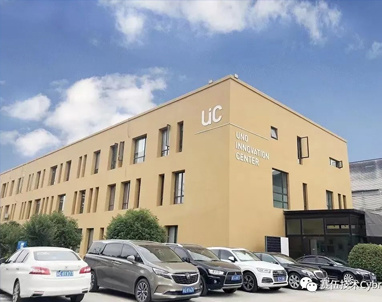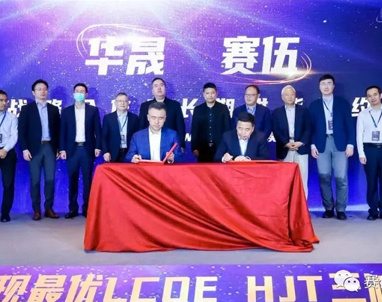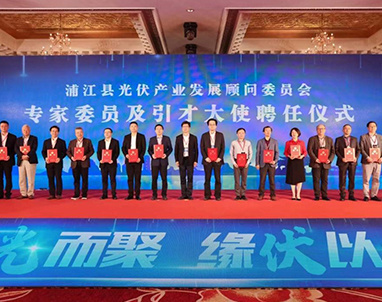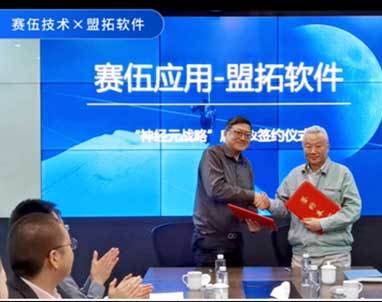A new "star" in heterojunction technology!
Published on.
2022-11-14 00:00
Source
On November 11, the JW Marriott Hotel in Pudong, Shanghai, key members of the solar PV industry's heterojunction (HJT) technology "team" gathered together to share their latest innovative technological achievements.
In this sharing session, there was a new "protagonist"-Saivu Technology (603212.SH).
This new "protagonist" brought a new technology material to make the heterojunction cell module "increase efficiency and extend life", which is one of the "three reductions and one increase" of the heterojunction module that has been waiting to be overcome. The "additive" short board has been made up.
In the presence of JA, Tongwei, Akcome, Maiwei, TUV Rheinland and other representatives on the scene, Saiwu Technology and Huasheng New Energy signed a strategic cooperation. According to the agreement, Huasheng New Energy will have a total of about 10GW of heterojunction HJT modules will use UV photo transfer film from Cybrid Technologies, which is also the first long-term supply agreement signed in the industry for this new product of UV photo transfer film.
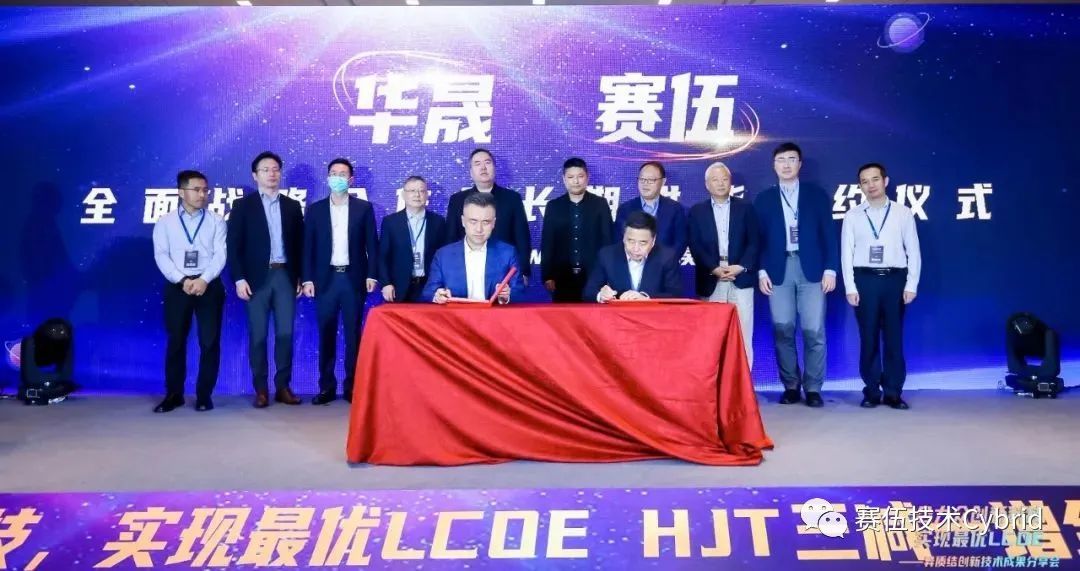
UV Phototransfer Film, the Future HJT Standard Material
Among the many high-efficiency module technologies, heterojunction (HJT) cells have attracted the most attention in recent years and are being produced at a very fast pace.
Compared with PERC cells, the TCO amorphous crystals/microcrystals of HJT cells are more sensitive to UV light, acid and heat and humidity, which can easily cause power degradation or even failure of the cells. Therefore, HJT cells have higher requirements for packaging materials.
In 2022, a study of high-efficiency HJT modules exposed to outdoor sunlight showed that the module power decayed by about 2% after 1 month, which caused concern from the module manufacturers.
In a paper published in PHOTOVOLTAICS in 2022, the SLAC and NREL team studied the power of various cells under UV irradiation, and the data are shown in the figure below:

Note: 1. Paper topic: UV-induced degradation of high-efficiency silicon PV modules with different cell architectures 2. Test conditions 1.24 Therefore, the mainstream market for high efficiency HJT cells is currently using truncated EPE films, which have a lower power ratio. Very high pressure in competition with TOPCon. In response to the eternal theme of cost reduction and efficiency improvement in the PV industry, the HJT camp has adopted four strategies: silver reduction, grid reduction (0BB), silicon reduction (thinning), and light-to-film conversion, i.e., "three reductions and one increase". So far, the module factory has done a lot of work on the "three reductions", but the "one increase" has been neglected. The so-called "augmentation" is the addition of photoconverters to the film to achieve down-conversion of light. Dr. Li Xinjun, Technical Director of Photovoltaic Materials at Sasewood Technology, said, "In fact, phototransfer film is one of the key technologies for HJT packaging, and will become a standard material for HJT in the future." According to the introduction, the photovoltaic industry uses photovoltaic film is down conversion ⸺absorption of ultraviolet light to blue light, the principle is shown as follows. Cybrid Technologies
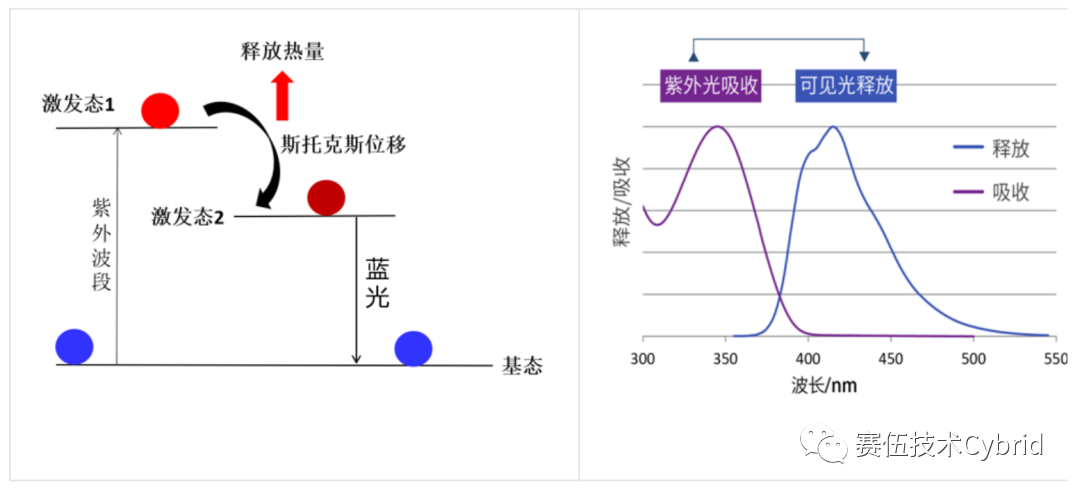
Based on our substrate Cybrid Technologies, we have developed and mass-produced a 50-year high reliability phototransfer substance ⸺hybrid substrate, named Raybo(TM), using ultrasonic oscillation analysis technology, which can be well dispersed in EVA, POE, EPE, TPO and other materials to make phototransfer film.
Cybrid Technologies Raybo(TM) film can bring high initial module power and high reliability to the module factory.
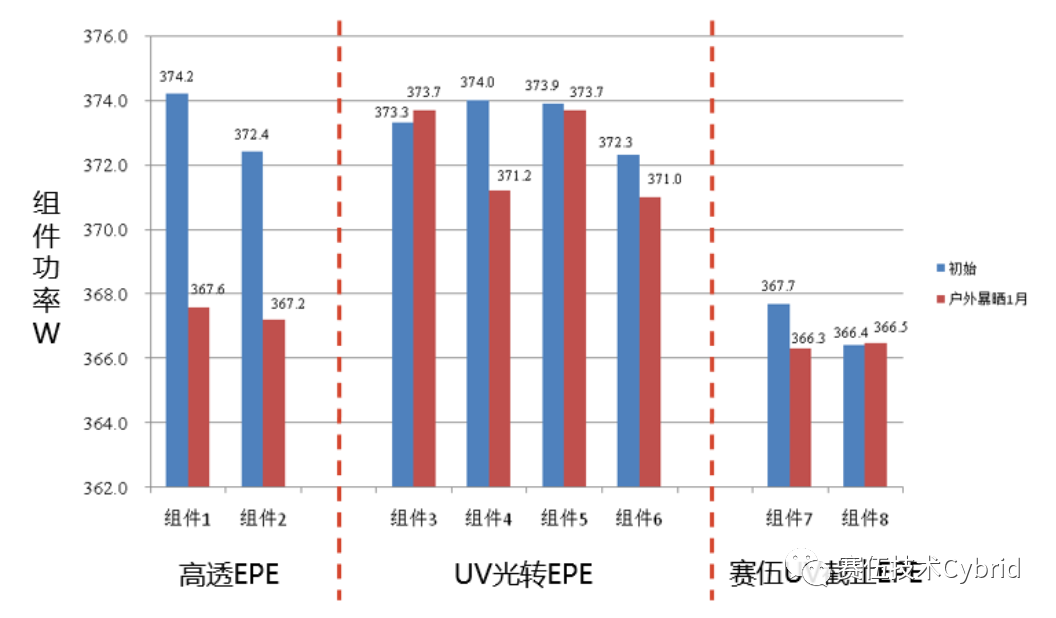
Dr. Xinjun Li told PV Tech that the use of transparencies not only brings high initial power to the module factory, but also higher revenue at the power plant side.
According to the calculation, the power of a single module can be increased by 1.5% by adopting the photovoltaic film scheme. For a 100MW power plant, an additional 57 million kWh can be generated in 30 years of operation. The return on investment will increase by 10%, and the cumulative power generation will increase by 85 million kWh in 50 years of operation, representing a 17% increase in return on investment.
As a leader in photovoltaic film, Cybrid Technologies technology has been tested by several customers in China to increase power generation by about 1.5% and has a long-term reliability of over 30 years. With the expansion process of Cybrid Technologies' phototransfer substance, the price of phototransfer film is expected to drop more significantly and the availability to increase significantly, contributing to the popularity of HJT and helping the gain of TOPCon and other batteries in the future.
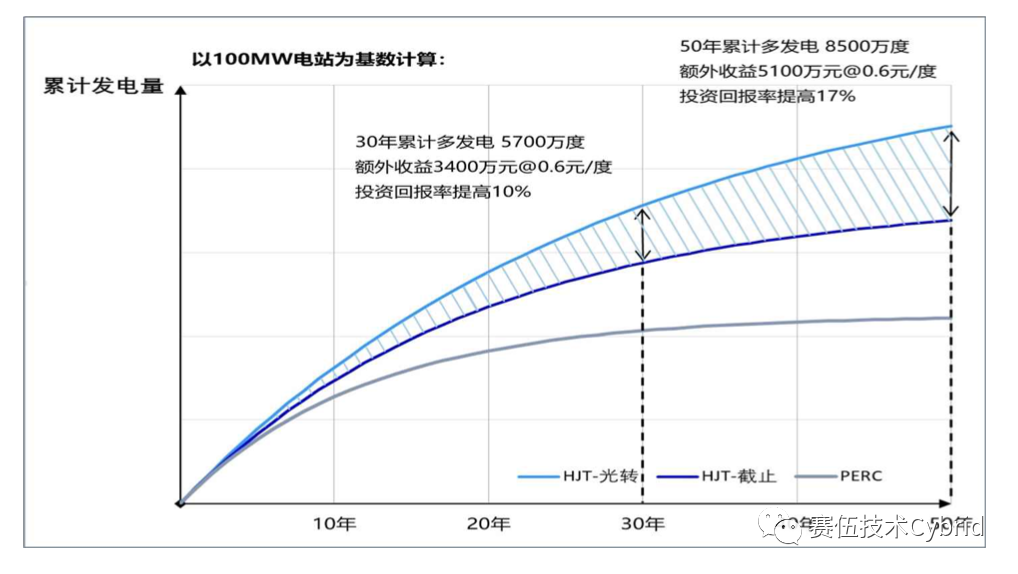
PV Tech has learned that in addition to the light to glue technology, Hybrid Technologies technology is currently testing a high resistance water adhesive in the module factory, which can replace the original HJT module factory "silicone + butyl adhesive" scheme. In addition, the company is actively developing a high water resistance non-metal backsheet with the goal of reducing water vapor to 10-3 gsm/d.

Article reprinted from: PV-Tech
Related News
2022-11-17
2022-10-13
Contact Us
China Headquarters: No. 369 Yegang Road Wujiang Economic& Development Zone. Suzhou,China.215200
E_mail:sz-cybrid@cybrid.net.cn

Copyright © 2022 Cybrid Technologies Inc. All Rights Reserved. Powered by 300.cn



